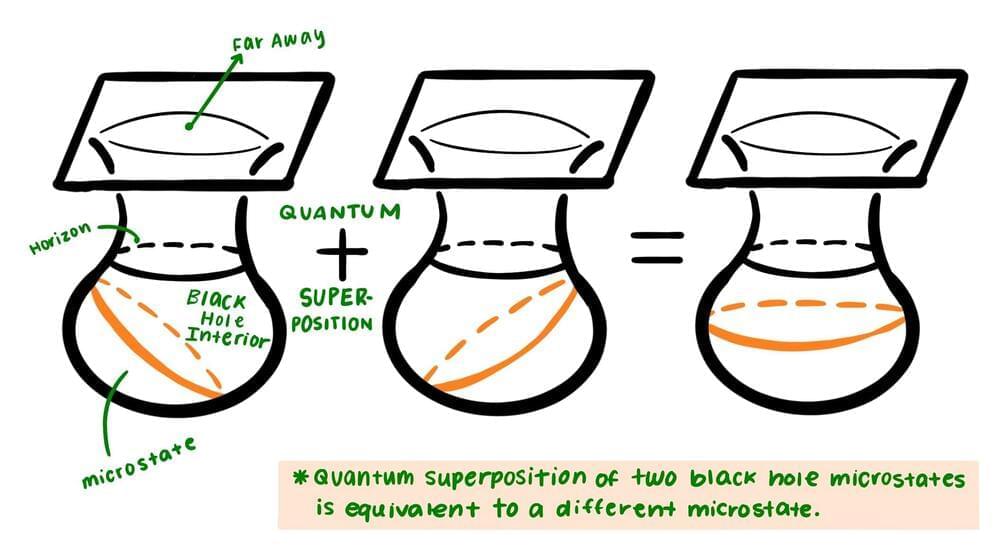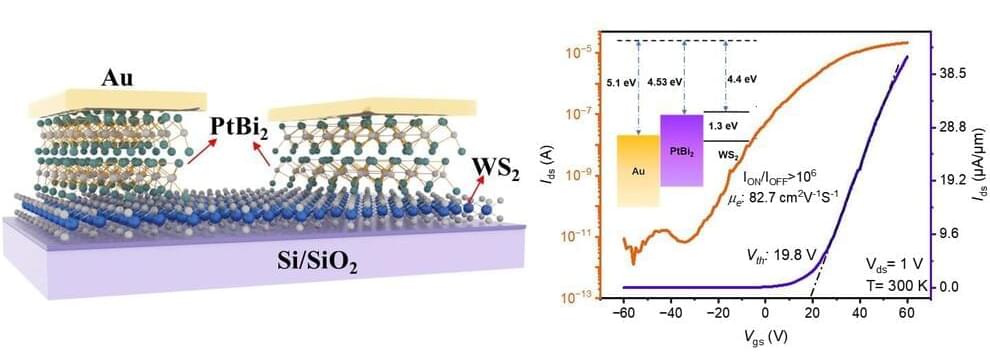May 22, 2024
Researchers show how to use ‘topological tweezers’ to control active fluids
Posted by Saúl Morales Rodriguéz in category: physics
By Morgan Sherburne, University of Michigan
University of Michigan physicists have devised a way to manipulate active fluids, a type of fluid composed of individual units that can propel themselves independently, by taking advantage of topological defects in the fluids.


















